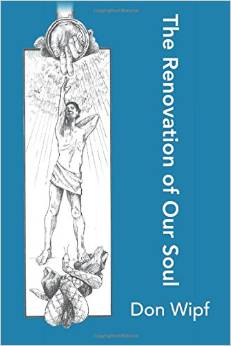In a recent aviation oriented magazine, the owner of an airplane who leased out her airplane to a local flight school lamented the fact that whenever she flew the airplane she would notice new damage that was caused by student pilots. Trying to keep the airplane is good condition was a challenge and she wondered if she should stop leasing the aircraft to the flight school.
The author of this article also recalled when her 2 year old son used a hammer he had received as a Christmas gift to “work” on the wooden floor of their house. The floor was stained and where her son had “worked” on the floor the lighter color of the actual wood shown through.
The lesson the author learned from these experiences was that ”home is a place to grow and make mistakes and scratch up the floor as we actively live our lives”. She also came to realize that “Airplanes were never meant to spend their time in a hangar, being kept in pristine condition. They were made to be flown.” “It’s not really about the airplane. It’s about the pilot, whose character is shaped each time he tries again after not getting it right the first time. Those scratches on the airplane help remind us what’s important: learning to value our scars.” [1]
Is it not the same in our personal lives? We are finite, sinful creatures and God’s purpose is to make of us a new creation. As C. S. Lewis states: “What [God] cares about is that we should be creatures of a certain kind or quality—the kind of creatures He intended us to be—creatures related to Himself in a certain way.” [2] As we said in the last blog, the events of our lives are not that important. What is important is the way we respond to those events; if we learn from those events. And the way we respond to those events will determine the type of person we become, whether the kind of creature God want us to be or the kind of creature that is opposed to all God stands for and is.
__________________________
[1] Natalie Bingham Hoover, “Scars and dents”, AOPA Pilot, November 2017, p. 24.
[2] C. S. Lewis, Mere Christianity. New York: The Macmillan Company, 1952, p. 113.

